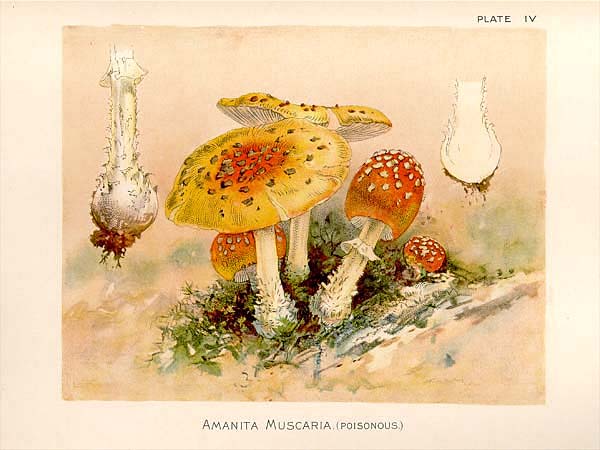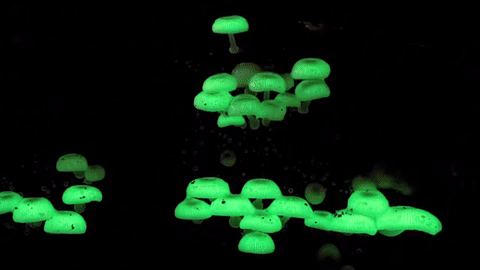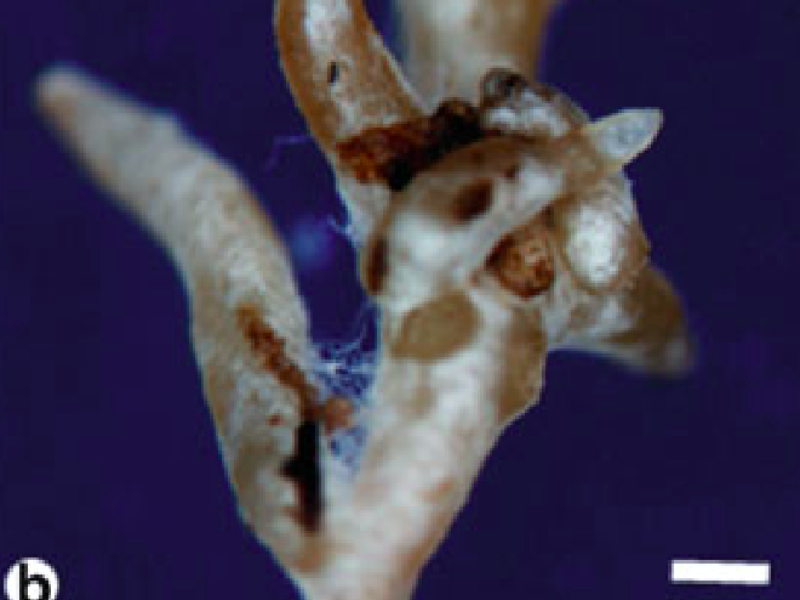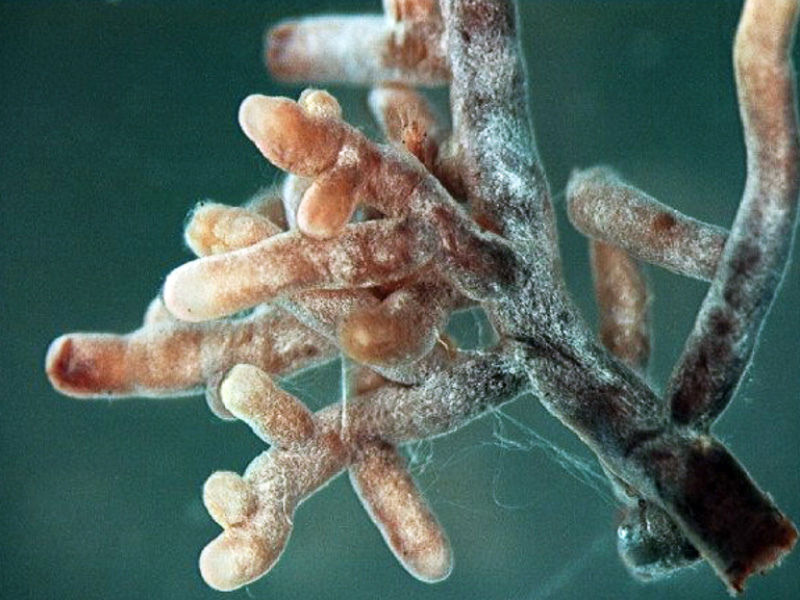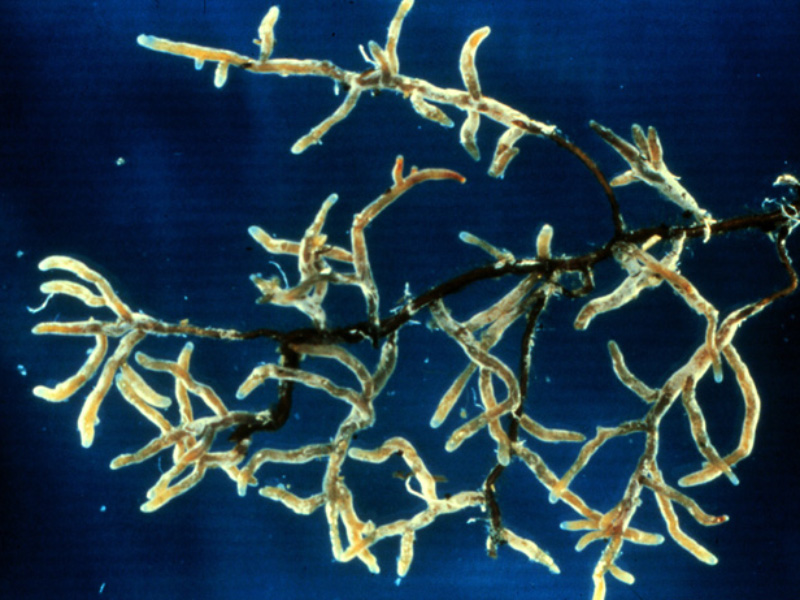
5.1
It is presumed that humans began gathering mushrooms for food in prehistoric times. In ancient civilizations such as the Greek, Roman, and Hindu, mushrooms were considered sacred foods. And based on data in the work of Fray Bernardino de Sahagún and fragments of the Popol Vuh and Chilam Balam, it is also believed that in pre-Hispanic Mesoamerican cultures, mushrooms acquired a high rank and came to be considered the food of gods and kings.

























